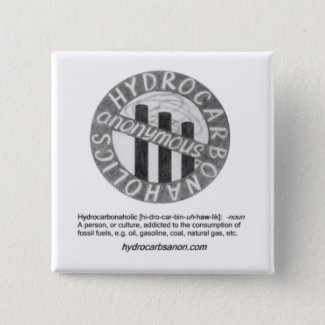None of these places is really year-round habitable for large populations in any kind of a sustained way.
I grew up taking for granted the idea that we could do whatever we wanted to do: meaning not just Americans, but people in general—or perhaps, more clearly defined, Industreo-Sapiens.
The idea that weather, of whatever kind, would stop us from doing what we felt we needed to do was silly. I can recall one or two blizzards that brought my world to a standstill—a cool kind of snow globe effect—that’s about it.
Wind? Rain? Water?
That was Three Little Pigs stuff.
We didn’t live in houses made out of straw or sticks.
If rivers were in the wrong places, or didn’t behave civilly, they would, of course be moved. If we wanted to live someplace where there wasn’t water, water would be brought to us—endless water at no real cost, gushing from the tap whenever we wanted it.
Roads went over or through mountains or we just took the mountains down.
For a good hundred and fifty years or so, from the end of the Civil War to the end of the 20th Century, industrialized countries had their way with the world, remaking it, just one big sandbox to play in.
And now the world seems inclined to restore (dis)order and go back to business as usual, which is the planet having its way with us.
What allowed us to control the sandbox, of course, was the freewheeling use of relatively cheap energy. That era is coming rapidly to a close. At the same time, the environmental bill is coming due for the atmospheric impact of that energy use:
I’ve never been particularly comfortable with the “live in harmony with Mother Earth” strand of environmentalism. It isn’t that I much disagree with the principles; rather, I find it too easily merges into a judgmental stance that treats the way we live as “sinful” rather than “unsustainable.”
We can put together equations to argue about sustainability (I hear LA has five years of water left, then comes the real crisis). Arguing about who or what is sinful is rather more nebulous and a lot more personal.
I’m under no illusion that people are going to begin—calmly, rationally, and in organized fashion—migrating away from the (very popular) parts of the country that are increasingly unsafe or where the population levels are unsustainable.
But part of growing up is learning that you can’t do anything you want to do. And mostly, unfortunately, that’s a lesson learned the hard way.







